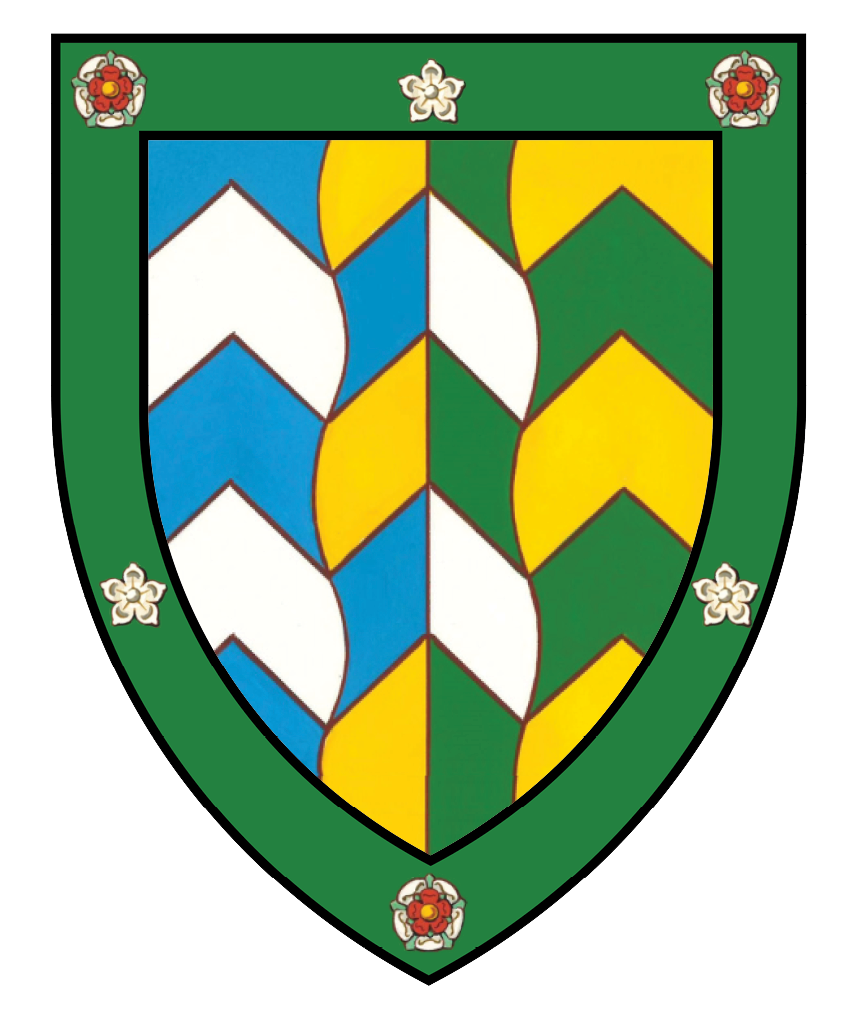Presbyterian, Church of Scotland and United Reformed Churches
Presbyterianism in England has its origins in the 16th century and the ideas of Thomas Cartwright, a Puritan academic. Cartwright advocated a national church in which there were no bishops and in which clergy were elected by congregations. These radical views resulted in the persecution of Presbyterians and other extreme Protestants in the late 16th century. However, with the accession to the throne of James I in 1603, English Presbyterianism experienced a gradual revival because of closer links with the Scottish Presbyterian church.
Presbyterianism enjoyed its greatest influence in the 1640s. However, after the Restoration a large number of clergy, many of them adherents of Presbyterianism, were ejected from their livings in the Church of England for their refusal to accept the Act of Uniformity (1662). The late 17th century saw Presbyterians and Congregationalists moving closer together but new problems lay ahead. In the early part of the 18th century English Presbyterianism was severely weakened by the rise of Unitarianism and many Presbyterian churches became Unitarian.
Presbyterianism in England was transformed in the 19th century by the missionary influence of Scottish Presbyterians. This culminated in 1876 in the uniting of the English congregations of the United Presbyterian Church of Scotland and the English Presbyterians to form the Presbyterian Church of England. In October 1972 the Presbyterian Church of England joined together with the Congregational Church in England and Wales to form the United Reformed Church in England and Wales.
The Church of Scotland embraced Presbyterianism as early as 1560. However, as in England, the course of religious development was not smooth, and by the beginning of the 19th century Scottish presbyterianism had fragmented into a number of sects, including the Associate Burgher Synod (which later gave rise to the United Secession Church), the General Associate or Anti-burgher Synod and the Presbytery of Relief. Through the missionary zeal of certain members some of the churches settled in England, and this was the main reason for the revival of English Presbyterianism in the 19th century.
The mid-19th century in Scotland witnessed the rise of the Episcopalians, the advance of the Congregationalists and Baptists and further splits in the Church of Scotland. However, successive unions towards the end of the century culminated in the reunion of the Church of Scotland in 1929.
Click on a link below to browse the catalogue for records for a particular church. You will also be able to see at which Archive Centre the original records are preserved. If detailed online catalogues are not yet available online, you should contact the Archive Centre directly. Microform copies of many church registers are available and, for conservation reasons, must be consulted in place of the originals. Please note these links do NOT provide images of original records and registers.
(Microfilms available at Carlisle Archive Centre of the records of Carlisle, Abbey Street and Penrith, Rawcliffe Lane)
- Barrow, St Andrew
- Barrow, Furness
- Barrow, Trinity
- Bewcastle
- Bootle
- Brampton Presbyterian Church
- Brampton, United Reformed Church
- Carlisle, Church of Scotland
- Carlisle, Denton Holme: Church of Christ
- Carlisle, Fisher Street
- Carlisle United Reformed Church
- Carlisle, Warwick Road
- Cleator Moor
- Cockermouth
- Cumberland Presbytery
- Cumbria District United Reformed Church (North Western Synod)
- Dent United Reformed Church, Flintergill
- Furness Area Church of Christ
- Furness United Reformed (Barrow, Dalston and Gleaston)
- Great Salkeld and Plumpton
- Harrington
- Kendal
- Maryport
- Penrith and Penruddick Presbyterian
- Penrith United Reformed Church
- Sedbergh United Reformed Church
- Silloth
- Whitehaven
- Windermere, Carver Memorial United Reformed Church
- Workington
